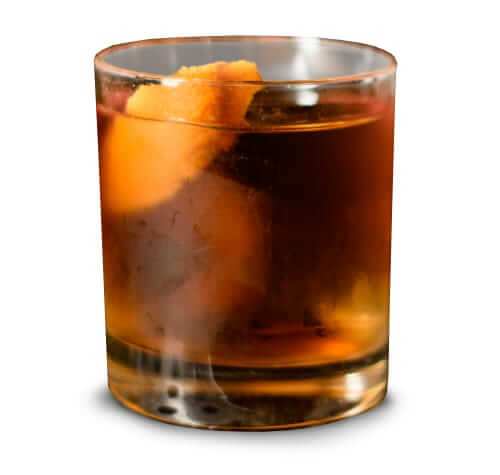
Taste
Think about the foundational cocktail, the Old Fashioned. That strip of orange skin you pull off the fruit (and maybe trim into a precise parallelogram) adds flavor via the oils expressed over the drink’s surface, as well as through infusion as it swims in the spirit. This latter point is why some recipes, like the Sazerac, often require the bartender to express the oils but then discard the zest—lemon oils on the surface of a Sazerac really brighten up the drink and merge well with the whiskey, bitters, sugars and absinthe, but if we invite the lemon peel to stick around, it can shift the balance of the cocktail. Contrast this with the role a lemon peel plays in a martini. The oils pop on the surface, but the peel’s infusion floating in the liquid is a welcome addition to the simple and pristine classic.
Fragrance
Those same oils that add flavor also offer a burst of fragrance to tamp down the burn of the whiskey, allowing your nose to anticipate the magical flavors en route to your palate. Think also about a mojito, or mint julep—that bountiful bouquet of mint does more than provide visual appeal. It’s meant to tickle your nose with a spearmint freshness that precedes the sip you’re about to take.
Visual
According to the old adage, “We eat first with our eyes.” If your cocktail is well prepared, the creator has been deliberate about every element, including its appearance, and the garnish it’s finished with provides a sense of punctuation. Take the Mai Tai—it’s traditionally served with a mood setting combination of both a mint bouquet and half of a spent lime, turned upside down to conjure the image of an island with a palm tree. One of my personal favorite visual garnishes is the broken umbrella, found in both the tropical New Orleans classic the Hurricane, and the ’70s-era Jamaican tipple, the Tradewinds.
Read the original article here



